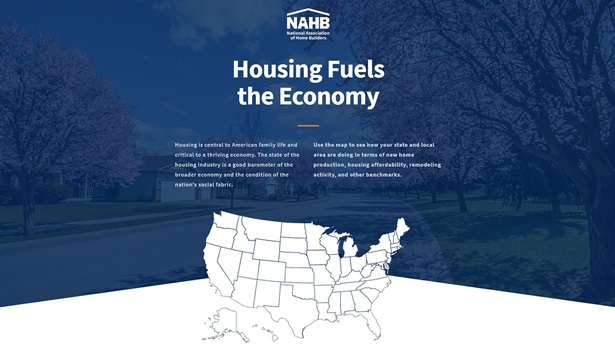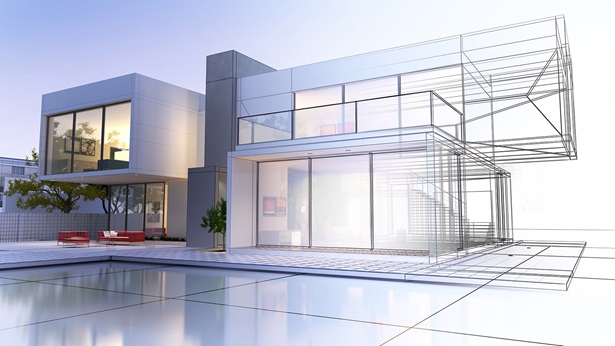Modular Building Systems: Overview and Benefits
What is a Modular Home? The Rise of Modular and Prefabricated Home
Modular homes are the ultimate prefabricated building system. These highly customizable, environmentally-friendly homes are assembled almost entirely off site in a factory setting, saving both home owners and home builders time, effort and money.
Once the main components of a new modular construction are ready — complete with attached walls, floor, ceiling, wiring, plumbing and interior fixtures — they are transported to the home owner’s chosen lot and placed on a permanent foundation by a crane. Each modular home is designed and built to meet all state and national building and fire codes, and a local builder does the final work.
Modular Homes are Energy Efficient
Modular homes are green by their very nature. Assembly in an enclosed indoor environment allows them to fulfill key components of green building certifications, including the ICC 700 National Green Building Standard. Opting for a modular home reduces material waste at both the factory and the job site. As a result, the environmental impact on the land and the community where the system-built home is being delivered is lessened. Additionally, modular homes are often more tightly built and thus more energy efficient, which can result in lower heating and cooling costs for the home owner.
Modular Homes Offer Flexible Home Design
While most manufacturers have a portfolio of home plans to choose from, computer-assisted design (CAD) allows limitless possibilities and customization when planning a new modular home. Modular construction allows for a quick turnaround between groundbreaking and occupancy. A typical modular house can be move-in ready in about three months, and more often than not, the finished product is indistinguishable from a site-built home.
Modular Homes Save Time and Money
Designed and constructed to meet or exceed local building codes and allowing nearly 90% of a home to be constructed offsite, modular housing can be built in a controlled factory environment while the building site is simultaneously being prepped.
Most work is done in the factory, so weather delays, missing materials and subcontractor no-shows are all but eliminated, saving time and money, allowing the builder to focus on generating sales and other revenue sources.
Modular Homes Offer Quality Construction
Prefabricated homes in an off-site factory setting allows for more consistent quality due to uniform construction processes, training techniques and inspections. All system-built homes are inspected by an independent, third-party home inspection agency before leaving the factory. Once on site, they are again inspected, this time by a local building inspector. This modular housing meets and often exceeds all requirements of locally-adopted building and fire codes.



